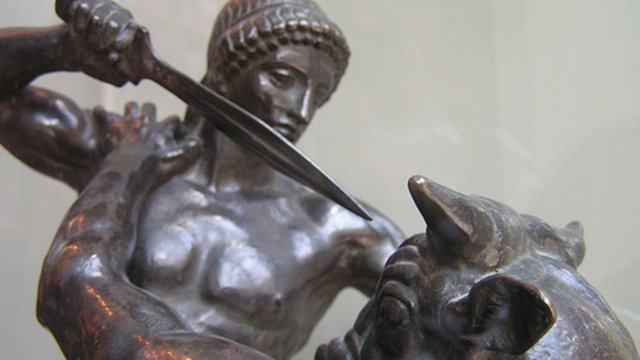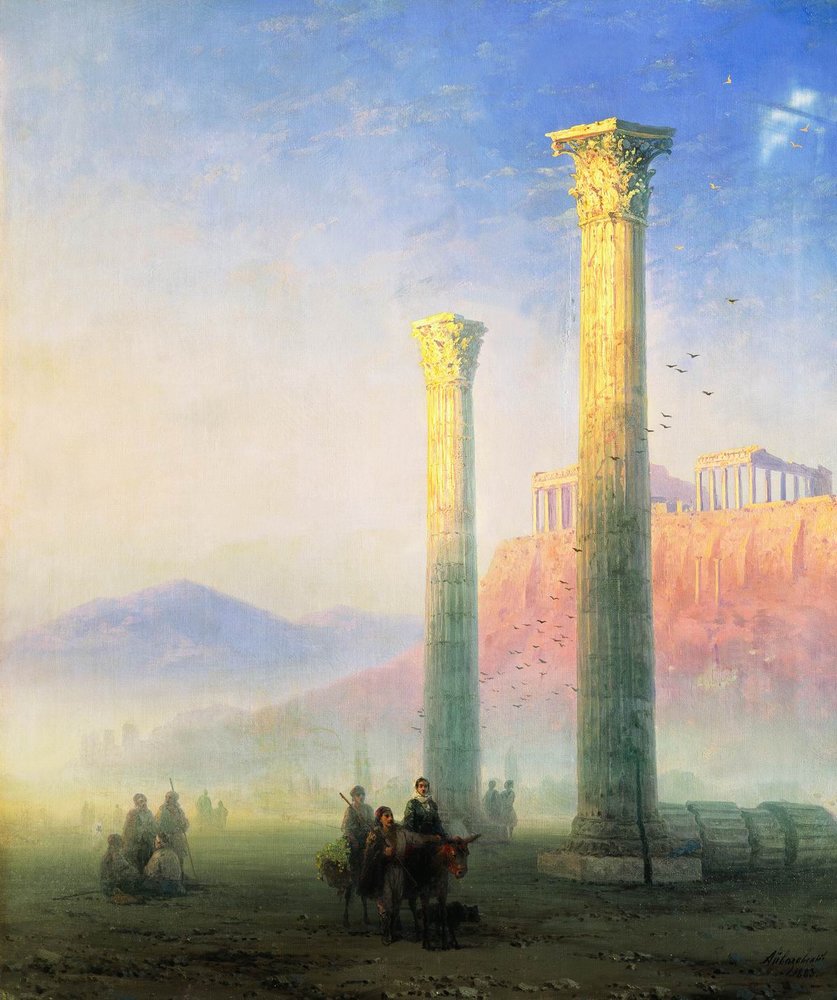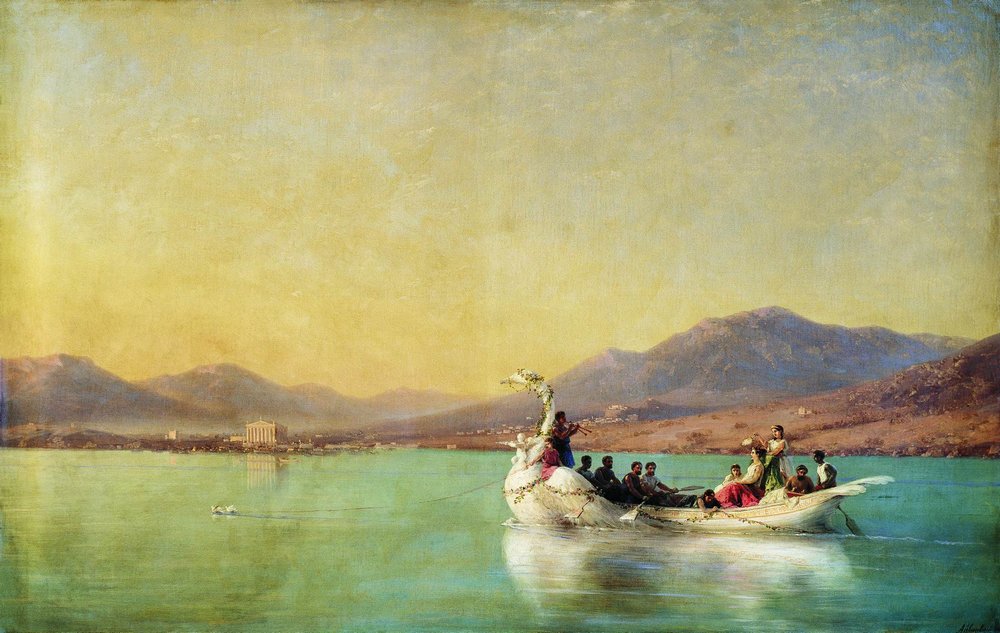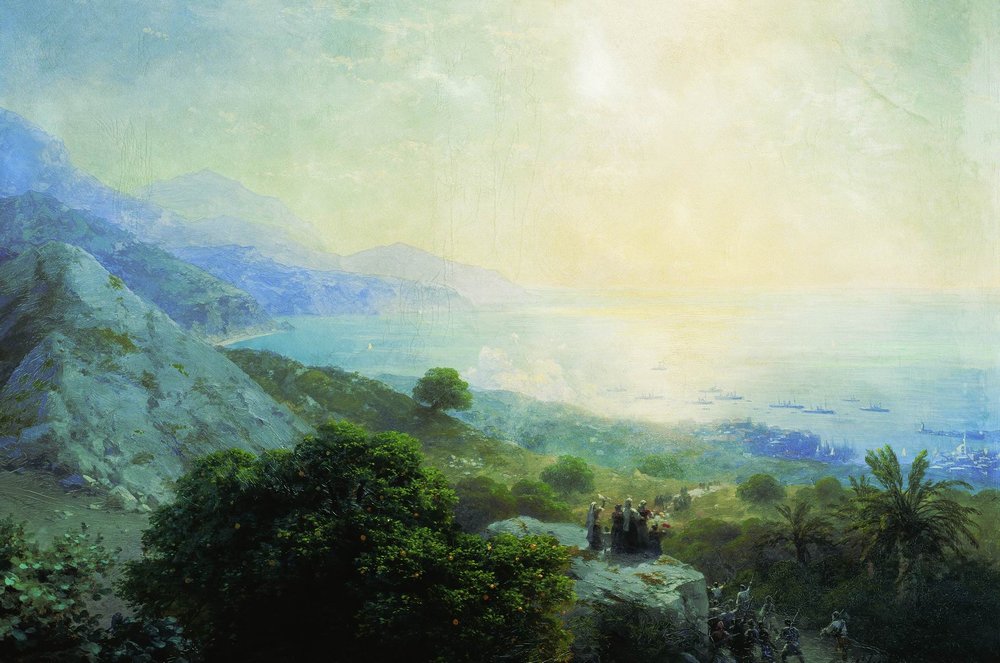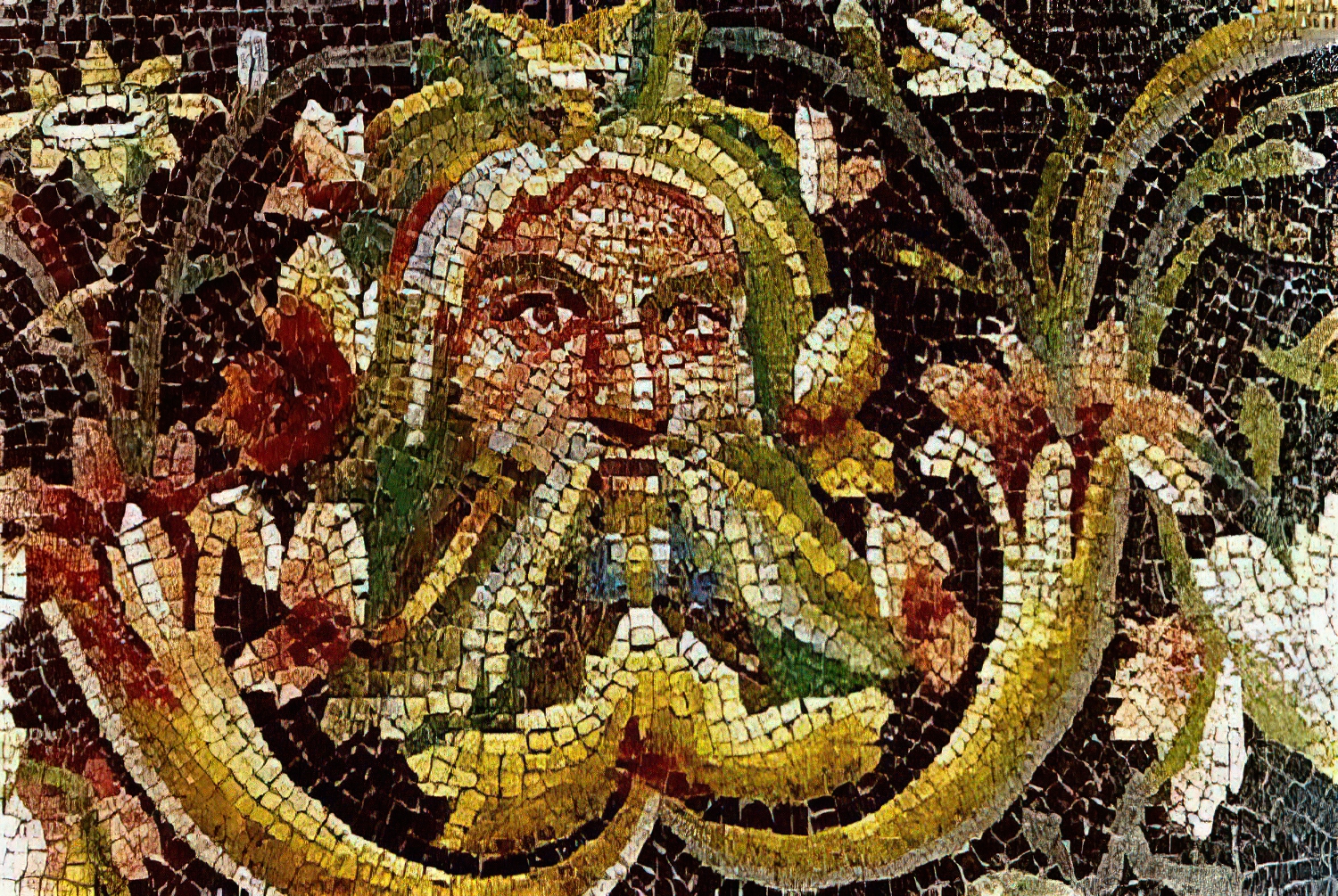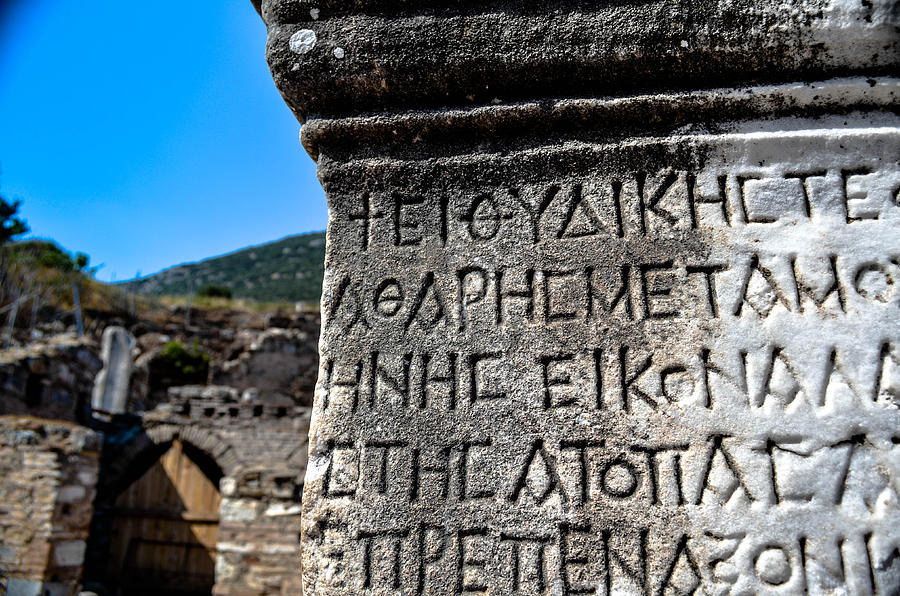We're coming upon a few women-only festivals, which always brings up the question: "Why did the ancient Hellenes have women-only festivals?" and then: "Why didn't they have men-only festivals?" Well, I have an idea.
Ploughing festivals, especially connected to the Eleusinian Mysteries, were tied to fertility. They celebrated the bond between mother and daughter, and the one thing for which all women were respected and honored: the ability to produce children--and sons especially. For the women, these rites gave them a rare opportunity to assert their independence and escape from the restrictions of their household.
That said, many women-only festivals had special rites for the men as well. There was a male and female encampment at the Thesmophoria, for example, and the division was clearly set; no men were allowed in the female encampment, and no women in the male encampment. Sex was not allowed. What the women did is fairly well preserved, but what the men did is less clear. What we do know is that Eleusinian festivals honored many other deities which were also tied to the harvest and the success of the nation in some way, especially in Athens from where most of the surviving material originated. There, Athena Skiras, Poseidon Pater, and Dionysos also had a huge role to play.
Poseidon and Athena were important Gods in ancient Hellas, and in Athens in particular. Poseidon controlled the seas and tides, caused earthquakes, and gave men the horse; Athena protected the city, resided in its citadel, stimulated its economy and had gifted mankind with the swing plow used in the harvesting of the gifts of Demeter. They looked after Hellas, and Athens especially. Without Their influence, the following year would never be successful, so as the year ended, they were placated--a requirement as Poseidon and Athena most notably did not get along. Dionysos, as Athens' unofficial patron and God of wine was naturally included--perhaps even to help get Poseidon and Athena to get along, but that is pure speculation on my part.
Many Eleusinian festivals had a special rite reserved for Poseidon and/or Dionysos, especially, and during the Haloa, for example, these rites were reserved for men only. We don't have evidence for this at the Thesmophoria, for example, but there is a good chance the men performed a rite like this.
Women-only festivals were the Stenia, the Thesmophoria, the Skiraphoria, the Haloa, the Theogamia, the Adonia, the Tauropolia, and the Brauronia. Male-only festivals were the Theseia, the Dipolieia, the Olympieia, and the Demokratia.
As you can read, we don't know much about men-only festivals, but we do know they existed. So why don't we know much about men-only festivals but quite a bit about women-only festivals? I'll wager another guess. The ancient Hellenic writers whose work has survived were almost exclusively male and their audience was mostly male as well. They both knew what happened at these festival celebrations and they respected them enough not to write about what happened. Women-only festivals, however, well, those must have been a constant source of wonder and curiosity. Of course they wrote about them, both in speculation and with whatever detail they'd managed to gather.
Ploughing festivals, especially connected to the Eleusinian Mysteries, were tied to fertility. They celebrated the bond between mother and daughter, and the one thing for which all women were respected and honored: the ability to produce children--and sons especially. For the women, these rites gave them a rare opportunity to assert their independence and escape from the restrictions of their household.
That said, many women-only festivals had special rites for the men as well. There was a male and female encampment at the Thesmophoria, for example, and the division was clearly set; no men were allowed in the female encampment, and no women in the male encampment. Sex was not allowed. What the women did is fairly well preserved, but what the men did is less clear. What we do know is that Eleusinian festivals honored many other deities which were also tied to the harvest and the success of the nation in some way, especially in Athens from where most of the surviving material originated. There, Athena Skiras, Poseidon Pater, and Dionysos also had a huge role to play.
Poseidon and Athena were important Gods in ancient Hellas, and in Athens in particular. Poseidon controlled the seas and tides, caused earthquakes, and gave men the horse; Athena protected the city, resided in its citadel, stimulated its economy and had gifted mankind with the swing plow used in the harvesting of the gifts of Demeter. They looked after Hellas, and Athens especially. Without Their influence, the following year would never be successful, so as the year ended, they were placated--a requirement as Poseidon and Athena most notably did not get along. Dionysos, as Athens' unofficial patron and God of wine was naturally included--perhaps even to help get Poseidon and Athena to get along, but that is pure speculation on my part.
Many Eleusinian festivals had a special rite reserved for Poseidon and/or Dionysos, especially, and during the Haloa, for example, these rites were reserved for men only. We don't have evidence for this at the Thesmophoria, for example, but there is a good chance the men performed a rite like this.
Women-only festivals were the Stenia, the Thesmophoria, the Skiraphoria, the Haloa, the Theogamia, the Adonia, the Tauropolia, and the Brauronia. Male-only festivals were the Theseia, the Dipolieia, the Olympieia, and the Demokratia.
As you can read, we don't know much about men-only festivals, but we do know they existed. So why don't we know much about men-only festivals but quite a bit about women-only festivals? I'll wager another guess. The ancient Hellenic writers whose work has survived were almost exclusively male and their audience was mostly male as well. They both knew what happened at these festival celebrations and they respected them enough not to write about what happened. Women-only festivals, however, well, those must have been a constant source of wonder and curiosity. Of course they wrote about them, both in speculation and with whatever detail they'd managed to gather.
-
Saturday, September 30, 2017
ancient Hellenic culture Eleusinian mysteries festivals Hellenismos 101 personal



